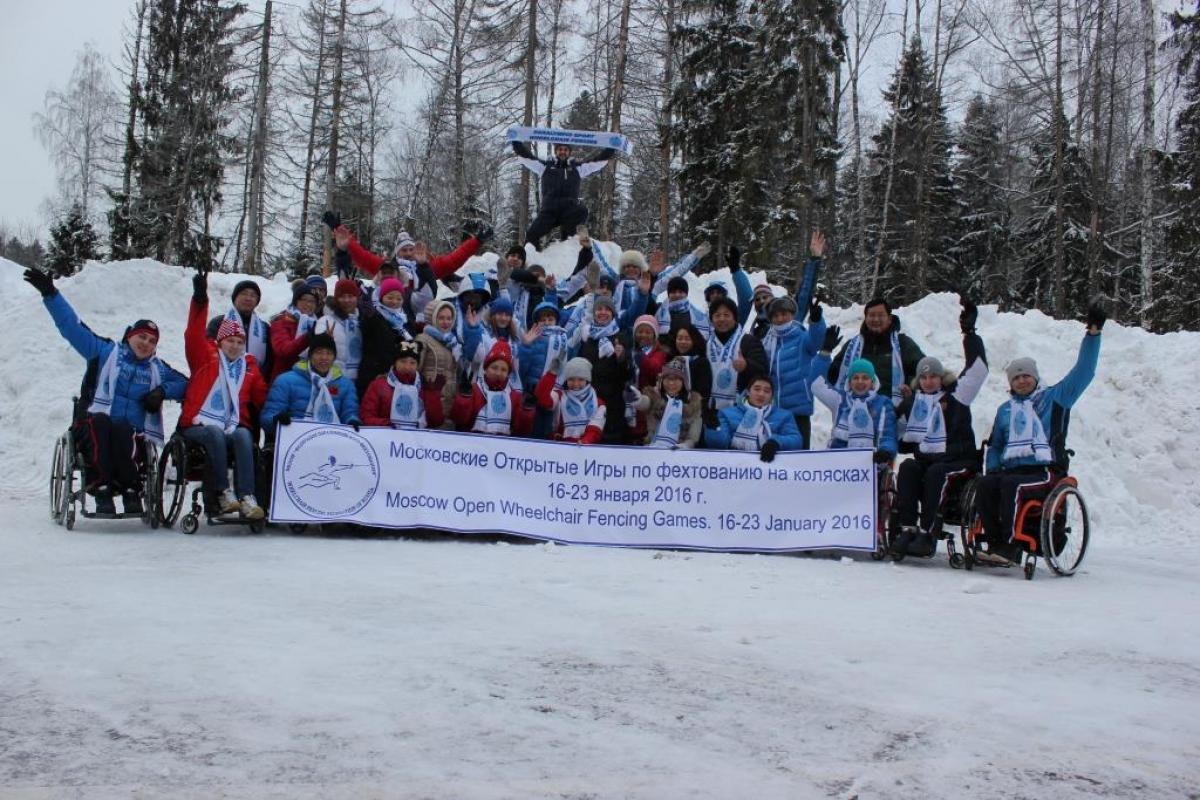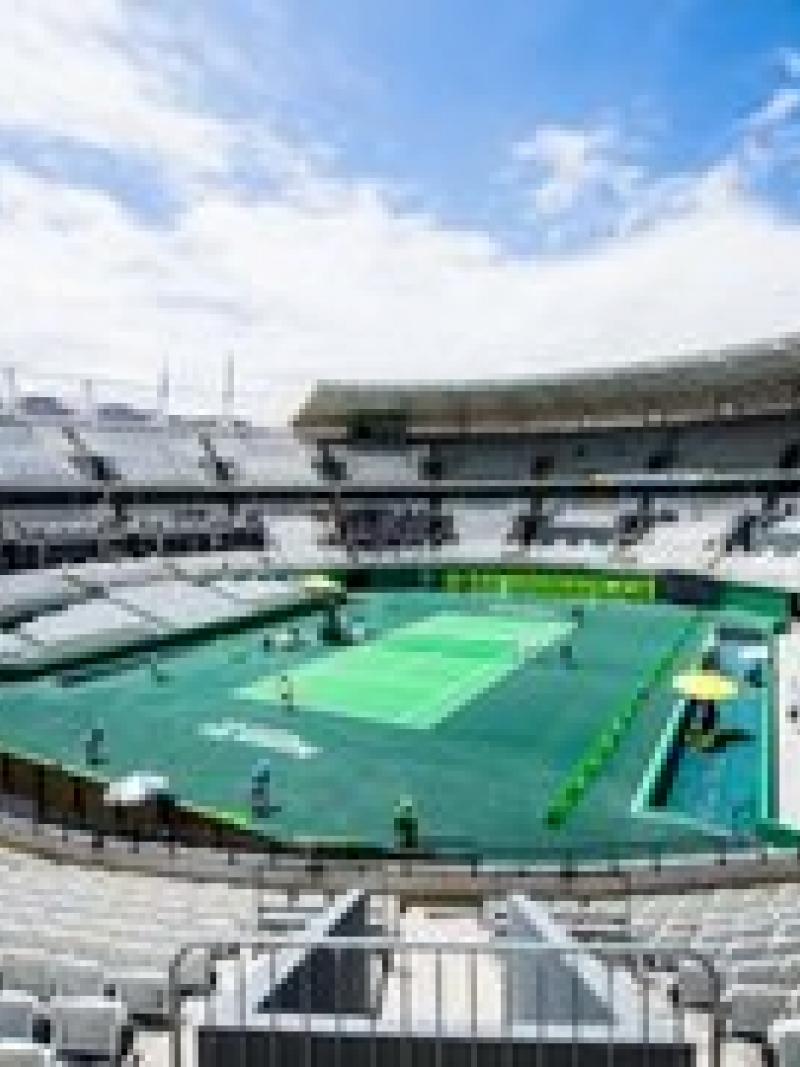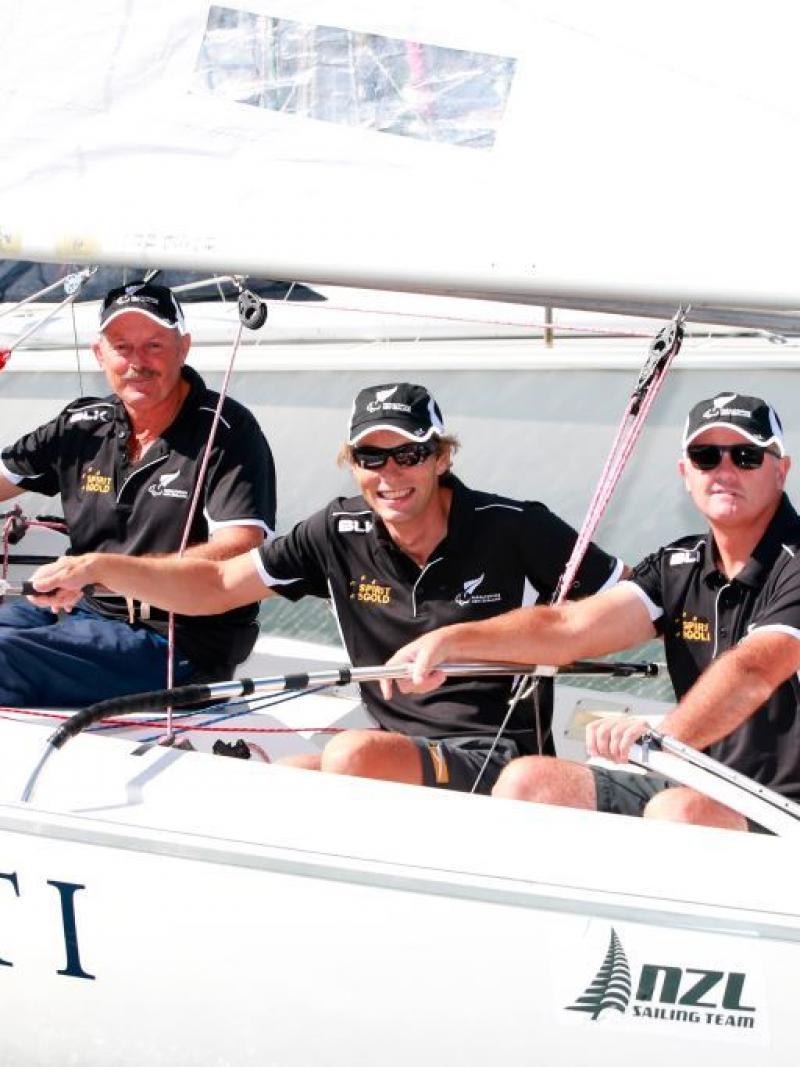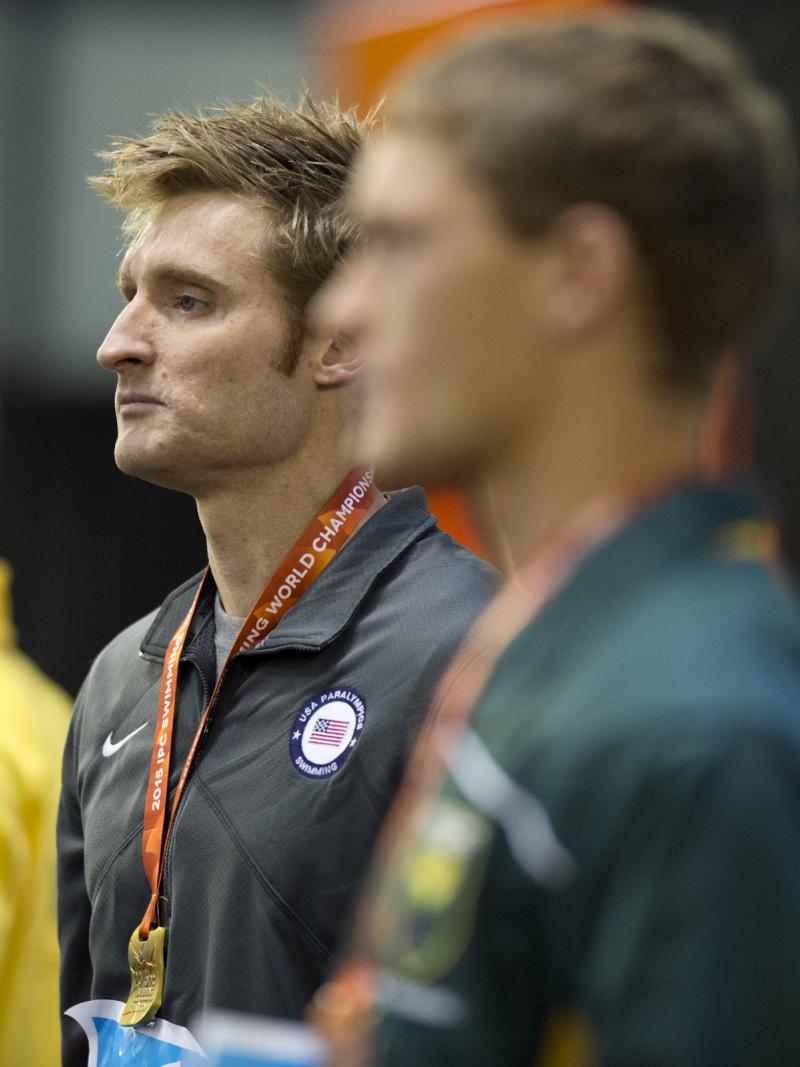#IDSDP: Russia, China go beyond the piste
Wheelchair fencing has allowed the two nations to come together and experience each other’s cultures. 06 Apr 2016
The Russian wheelchair fencing team invited a team from Shanghai, China, for a training camp.
Joint trainings and friendly fights were held in Moscow between the Russian national wheelchair fencing team and a team from Shanghai, China. But that meeting in January 2016 went beyond sporting competition.
Off the piste, the two teams got an opportunity to experience each other’s cultures and traditions, and build upon relationships that had been developing for more than a year.
Despite geographical borders and cultural differences, a common interest in wheelchair fencing has allowed the two teams to get together. As Wednesday (6 April) marks International Day of Sport for Development and Peace (IDSDP), this is one of the ways the sport has been a vehicle in developing peace and warm friendships.
“Joint practice and friendly fights help fencers to hone their skills in a relaxed working atmosphere,” head coach of the Russian team Elena Belkina said. “The teams of Russia and China have plans to hold such trainings every year. The interweaving of cultures supports the social adaptation of the Paralympic athletes in life. Being in Shanghai [in 2015], we studied the authentic Chinese cuisine, and the Chinese athletes have made many discoveries in our food too.”
Last year, the Chinese team welcomed the Russian national team for a training camp and friendly tournament in Shanghai.
This year, Russia returned the favour.
They welcomed their guests with hospitality, and the organisers of the Moscow camp also searched for ways to make the event’s programme interesting and memorable. They showed their visitors from Shanghai around Moscow, including the city centre’s Red Square, celebrated the New Year’s holiday and even January birthdays in the teams.
“We have dared for the first time to invite somebody to Moscow during cold period,” Belkina said. “And, we started with the most enduring team of China. Moscow was so beautiful, full of snow; the temperature was minus-18 degrees. We tried to show our traditions and culture, and [keep] our dear guests healthy.
“The Russians were interested to learn Chinese words and wishes written in [Chinese characters]. Chinese athletes watched as we wrote in Cyrillic. During a friendly tea evening, we sang together in two languages the Russian song ‘Moscow Nights.’ Since the year 2006, we do our best to strengthen traditions of the international wheelchair fencing joint sessions among kids and adult athletes. And now we enjoy the positive benefits of our work, fights, and friendly relations.”
Due to its vast reach, unparalleled popularity and foundation of positive values, sport is ideally positioned to contribute towards the United Nations’ objectives for development and peace. To raise awareness of this potential, 6 April was declared as the International Day of Sport for Development and Peace (IDSDP) by the UN General Assembly. The adoption of this Day signifies the increasing recognition by the United Nations of the positive influence that sport can have on the advancement of human rights, and social and economic development.
In 2016, the UN Millennium Development Goals made way for a new set of objectives that constitute the 2030 Agenda for Sustainable Development, the Sustainable Development Goals (SDGs). The IDSDP presents an opportunity to build awareness about the newly adopted UN 2030 Agenda for Sustainable Development and its SDGs, focusing on how sport can contribute to their advancement. It is also an occasion to collect information from Sport for Development and Peace (SDP) practitioners worldwide on their contribution to the 2030 Agenda for Sustainable Development.

 Facebook
Facebook
 Instagram
Instagram
 Twitter
Twitter
 Youtube
Youtube
 TikTok
TikTok
 Newsletter Subscribe
Newsletter Subscribe



